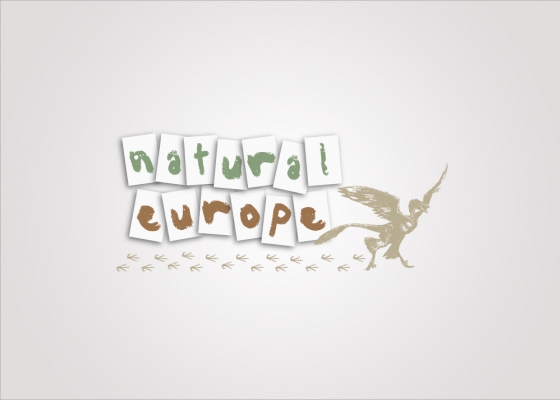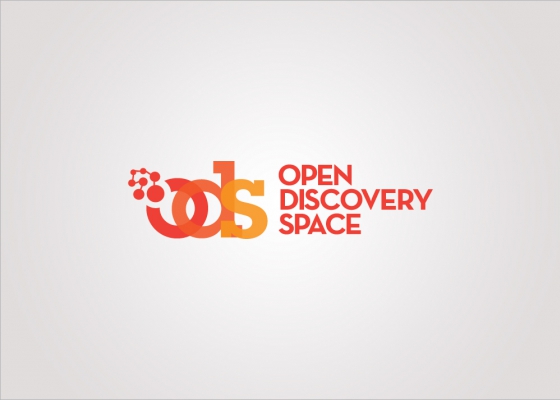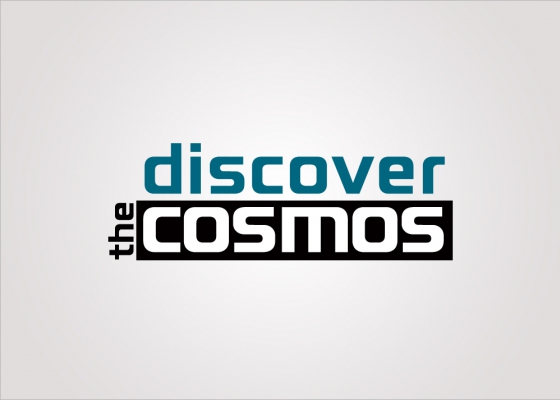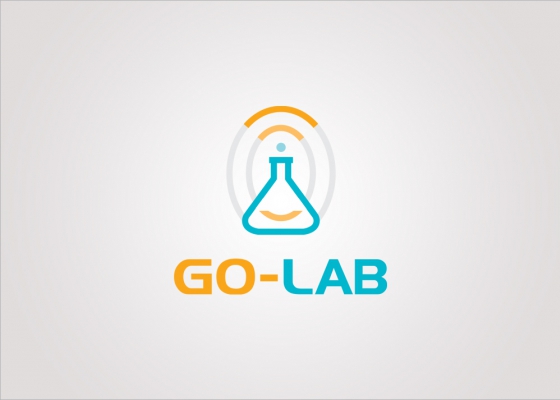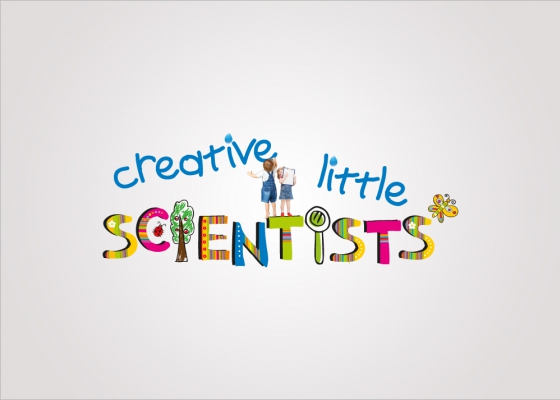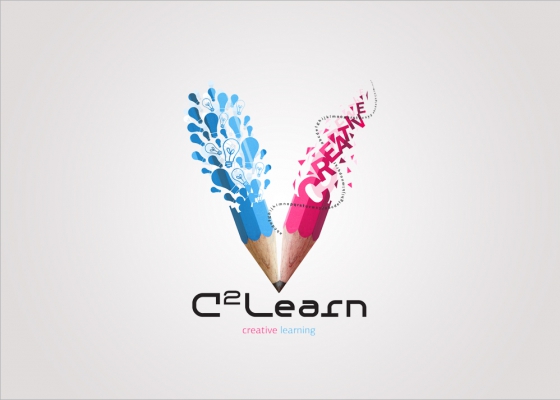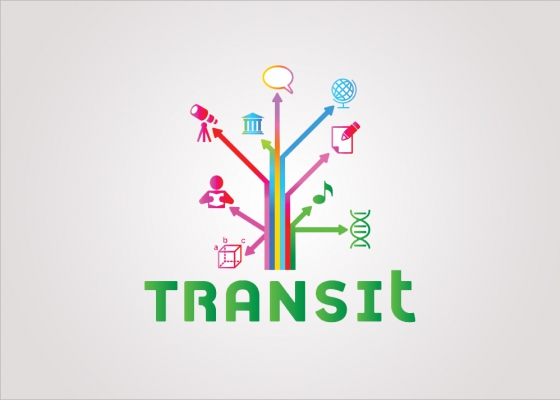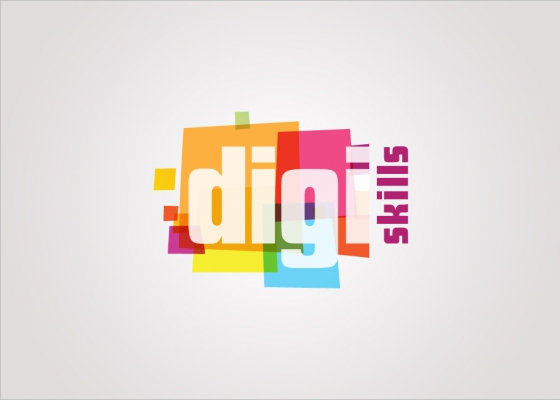PATHWAY

Course Description
The European Report "Science Education Now" (Rocard, 2007) has brought science-as-inquiry to the top of educational goals. However, there are many surveys presenting a series of constraints in the adoption of inquiry-based methods, the greatest of all being their perceived difficulty by teachers. The course’s main objective is to introduce teachers to inquiry-based science teaching techniques and help them understand the implications for themselves not only as teachers but for their learners in the classroom, with the view to adopt and adapt them. Participating science teachers will be immersed in the process of science-inquiry via their interaction with collections of open digital educational resources (linked with the science curricula), which have proven their efficiency and efficacy in promoting inquiry based-education (some examples: http://portal.discoverthecosmos.eu; http://www.sctg.eu; http://www.klic-project.eu; http://www.nsdl.org; http://www.shodor.org; http://phet.colorado.edu; http://www.opensourcephysics.org ). These resources do not impose a fixed curriculum but support the development of a model that can be customised to reflect location and culture, and thus are ideal to be used in the European context. Moreover, since these best practices provide a “window” to live scientific experiments, ongoing research and the histories of working scientists across Europe, their use can only strengthen the course’s socially cohesive and Europe-wide dimension. At the same time, participants will experiencea training framework that will provide a means for creating learning activities into a workflow and a vehicle for the sharing and re-use of effective lessons in schools. In addition, teachers will be trained to select appropriate ICT tools for exploration, presentation, and collaboration that suit their own needs in terms of planning, implementing and sharing pedagogical ideas. This will further empower them to create effective inquiry-based learning scenarios to use in their classrooms with their students.
Years
Related Courses
GET IN TOUCH
- Dimitriou Panagea,
Pallini, Athens, GR - Phone: +30 2108176790
- Email: summerschools@ea.gr

